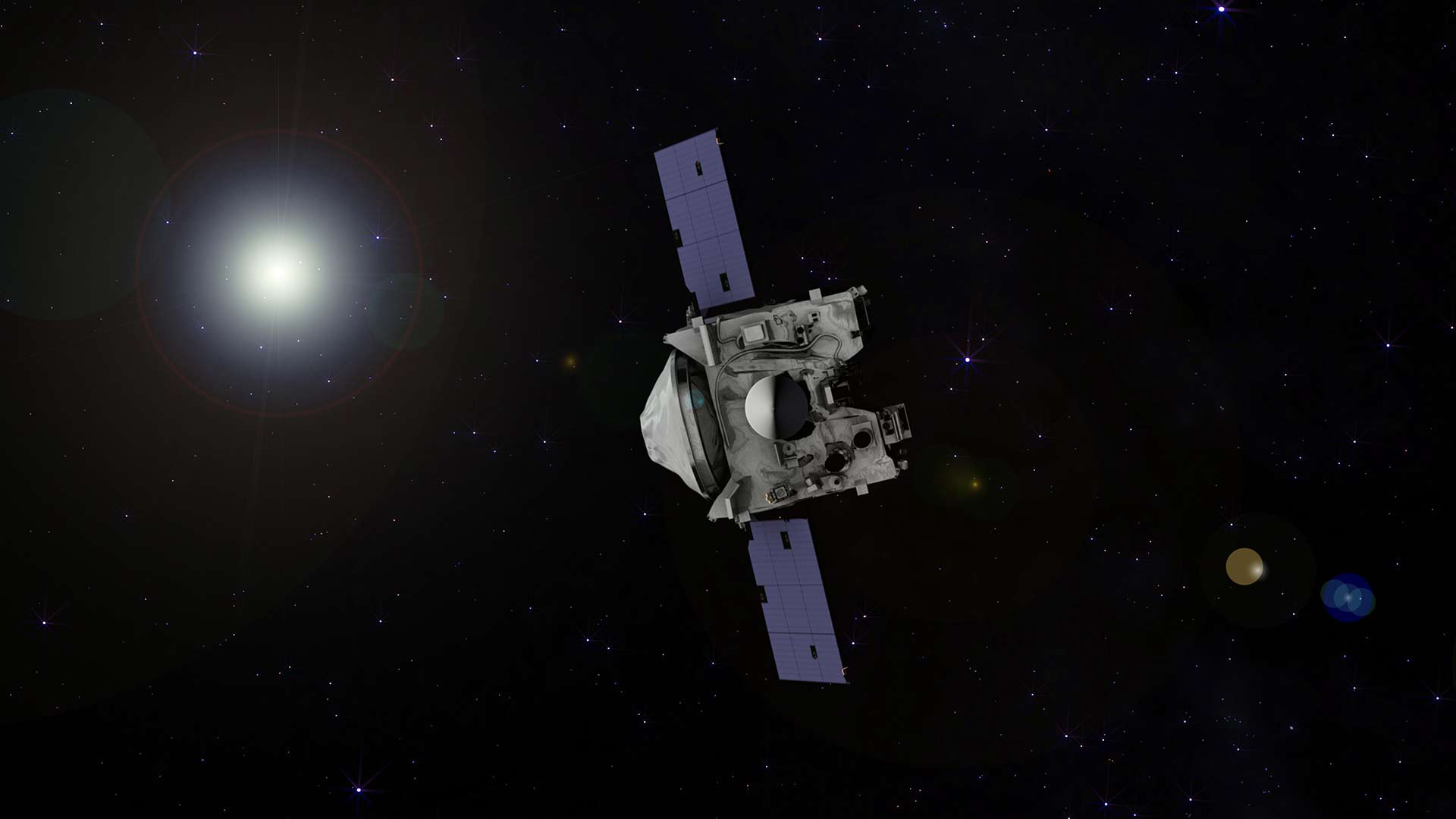 OSIRIS-REx on its return journey to Earth.
OSIRIS-REx on its return journey to Earth.
NASA has announced it will extend the University of Arizona-led OSIRIS-Rex mission after it returns to earth next year.
OSIRIS-REx will still swing by Earth in September 2023 as planned, but after dropping a capsule of samples collected from asteroid Bennu last year, it will remain in space to rendezvous with another asteroid, named Apophis.
U of A's Dani DellaGiustina will be the new lead investigator for the extended mission. She says the success of the mission so far makes the extension possible.
"The spacecraft has really performed flawlessly so we have extra lifetime on our systems and sub-systems that enable us to perform this extended mission," she says.
She adds Apophis, the asteroid targeted in the extended mission, will be coming very close to earth.
"When it was first discovered in 2004, there was some concern that it might impact with the earth in 2029 because it comes so close to our own planet."
It turned out there was no real danger of a collision, and instead the asteroid's proximity presented a unique research opportunity.
"It's really serendipitous. It's actually this close approach that allows the OSIRIS-REx extended mission to take place," says DellaGiustina
As it passes, Apophis will be visible to the naked eye in parts of Africa and Europe - making it the first asteroid in human history to pass close enough to the earth to be seen without the aid of a telescope.
Once OSIRIS-REx drops its capsule with the samples from Bennu in September 2023 and begins the extended part of its flight, it will take on a new name to go along with its new mission: OSIRIS-APEX

By submitting your comments, you hereby give AZPM the right to post your comments and potentially use them in any other form of media operated by this institution.